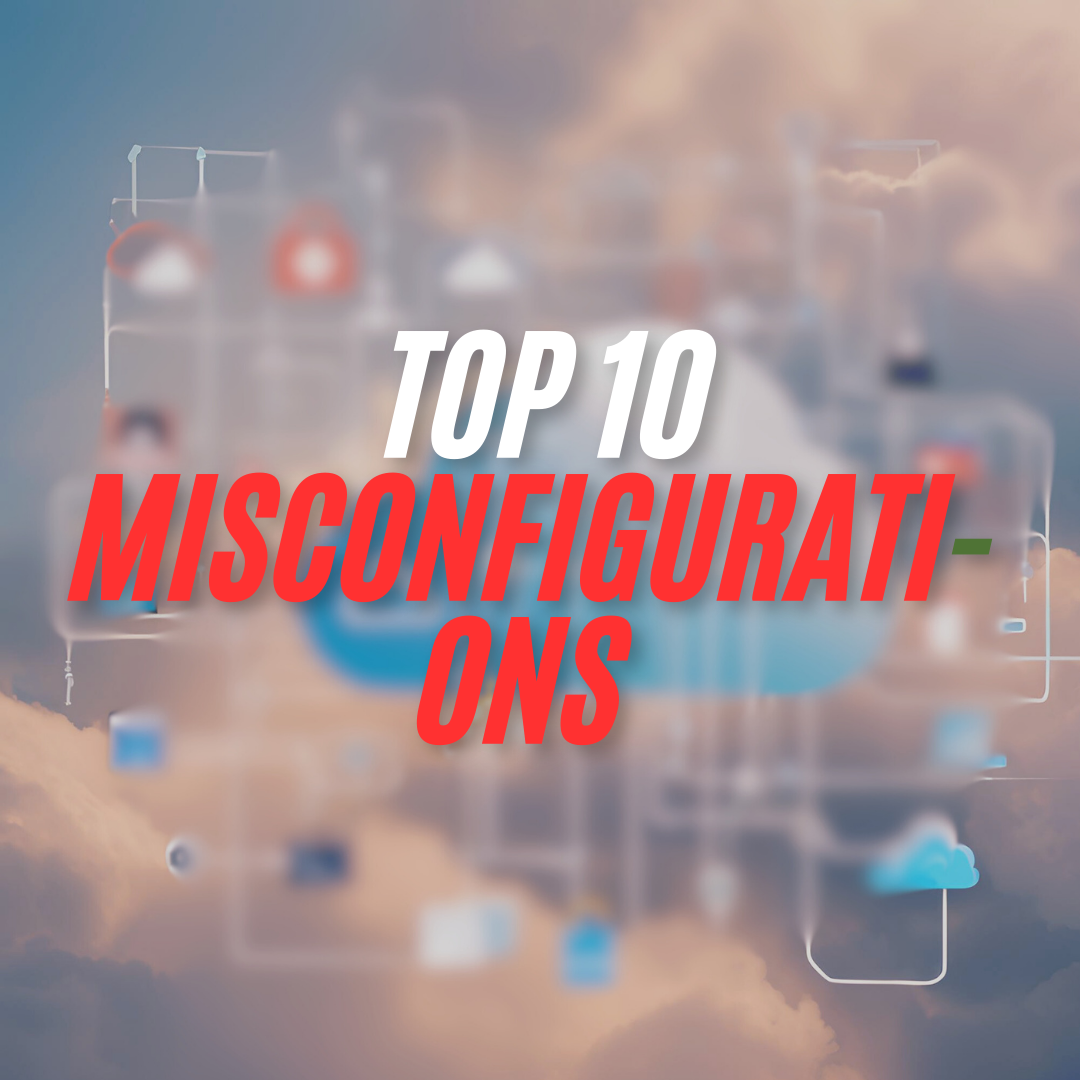Movie Streaming
13 Best Sites For Movies
 Quest Lab Team
Quest Lab Team
This guide explores the top movie streaming sites, providing insights into their histories, unique content offerings, and their roles in shaping the way we watch films. Whether you're a fan of blockbuster hits, indie flicks, or foreign cinema, these platforms have something to offer. Here are the top 13 streaming sites that continue to redefine movie streaming in the modern world.
1. Netflix
- The Global Streaming Giant Movie Site
Netflix has become synonymous with streaming, offering a vast library of movies, series, and documentaries. With over 220 million subscribers worldwide, Netflix has set the standard for on-demand content. Founded in 1997 as a DVD rental service, Netflix transitioned to streaming in 2007 and changed the industry forever. Today, it invests billions in original content, providing everything from critically acclaimed films to exclusive series. Its algorithm is renowned for personalizing recommendations, keeping users engaged.
Visit Netflix Site Using This Link
2. Goojara
- A Hub for Movie Enthusiasts
Goojara has gained a loyal following for its extensive library of free movies and series. Unlike subscription-based services, Goojara is accessible to all, providing a user-friendly platform for viewers. With a wide selection of genres and high-quality streams, it's become a favorite for casual viewers. However, it's essential to consider its legal standing depending on regional copyright regulations. Goojara remains popular for those seeking readily available content.
Visit Goojara Site Using This Link
3. IMDb
- A Database and Streaming Platform
Known as the go-to resource for movie ratings and information, IMDb also offers a streaming section. IMDb TV, now branded as Freevee in the US, provides free movies and shows with limited ads. Launched by Amazon, IMDb's streaming service has gained attention for its quality library and accessibility. Leveraging IMDb's extensive database and Amazon's reach, it serves users looking for informative and free streaming options.
Visit IMDb Site Using This Link
4. Movies Anywhere
- Bringing Your Collection Together
Movies Anywhere allows users to consolidate purchased movies from various platforms like Amazon, Apple, and Google Play. Launched in 2017, it simplifies access to digital purchases in one app, enhancing user convenience. It's ideal for users who want to manage their movie library without switching between services. With support from major studios, Movies Anywhere is a powerful tool for movie collectors.
Visit Movies Anywhere Site Using This Link
5. Hulu
- A Diverse Streaming Platform
Hulu is one of the major players in the streaming game, known for its wide selection of movies, TV shows, and exclusive content. Launched in 2007, Hulu offers a mix of current television programming, original movies, and series. In addition to its paid subscriptions, Hulu offers an ad-supported version, making it accessible to a broader audience. With a particular emphasis on TV series and new releases, it continues to cater to a diverse range of tastes.
Visit Hulu Site Using This Link
6. Disney+
- The Family-Focused Platform
Disney+ has become a dominant force in the streaming world, particularly known for its expansive library of Disney, Pixar, Marvel, Star Wars, and National Geographic content. Launched in 2019, Disney+ quickly rose to prominence, offering exclusive shows and movies tied to beloved franchises. With its family-friendly focus, Disney+ is a top choice for households looking for kid-friendly content, while still offering something for adult fans.
Visit Disney+ Site Using This Link
7. Amazon Prime Video
- The Extensive Catalog
Amazon Prime Video stands out for its combination of on-demand streaming and its integration with Amazon's retail ecosystem. Prime Video offers a vast catalog of movies and shows, including a growing selection of original films and series. With the added benefit of being part of the Amazon Prime membership, it has a vast reach and continues to grow its content library, attracting both niche and mainstream audiences.
Visit Amazon Prime Video Site Using This Link
8. Apple TV+
- High-Quality Originals
Apple TV+ is known for its exclusive, high-quality original content, including award-winning films, documentaries, and series. Launched in 2019, the platform offers a subscription-based service that focuses on providing a premium selection of original movies and shows, with a particular emphasis on star power and high production values. Although its library is smaller than other platforms, it compensates with a focus on quality.
Visit Apple Tv+ Site Using This Link
9. Peacock
- Free and Paid Options
Peacock, launched by NBCUniversal, offers a combination of free and paid subscription options. The platform features a diverse catalog of movies, TV shows, and live events, including the latest NBC programming. With its free tier and premium content, Peacock provides flexibility for viewers. The service continues to grow its movie offerings, with particular attention to blockbuster films and Universal Studios' content.
Visit Peacocktv Site Using This Link
10. Vudu
- A Pay-Per-View Option
Vudu provides a pay-per-view model that allows users to rent or buy movies and TV shows. It features a wide range of movies, including the latest blockbusters, and offers content in high definition. While it lacks the subscription model of other services, Vudu is a great choice for users who want to rent individual movies without committing to a monthly subscription.
Visit Vudu Site Using This Link
11. FuboTV
- Sports and Movies Combined
FuboTV is primarily known for its sports streaming but also offers a robust selection of movies and TV shows. It’s a great choice for sports fans who want to watch movies during off-hours. FuboTV's movie library includes a mix of genres, and its unique sports offerings set it apart from other streaming services. It has rapidly become a go-to platform for sports enthusiasts with a love for movies.
Visit FuboTV Site Using This Link
12. Tubi
- Free Streaming Service
Tubi offers a completely free streaming service, supported by ads. Despite being free, Tubi boasts an impressive library of movies and TV shows from major studios, offering content across all genres. The platform has seen rapid growth in popularity thanks to its no-cost access to high-quality entertainment, and its large catalog continues to draw in users looking for free streaming
Visit Tubi Site Using This Link
13. Crackle
- Free Movies and TV Shows
Crackle is a free streaming platform offering a wide selection of movies, TV shows, and original content. While it is ad-supported, Crackle offers a decent range of popular movies, including some cult classics and exclusive films. As a free alternative to premium services, it has built a loyal following, particularly for those seeking free, accessible content.
Visit Crackle Site Using This Link
Conclusion: Choosing the Best Streaming Platform for Your Needs
Choosing a streaming platform depends on personal preferences, budget, and viewing habits. From Netflix’s massive library to Goojara's accessibility, each service offers unique benefits. By exploring these 13 top movie sites, viewers can find a platform that suits their tastes and enjoy endless hours of quality entertainment. As streaming continues to grow, these platforms will likely evolve, adapting to new trends and audience demands.

Quest Lab Writer Team
This article was made live by Quest Lab Team of writers and expertise in field of searching and exploring
rich technological content on different sites and applications with impact on the user needs and on the modern world



